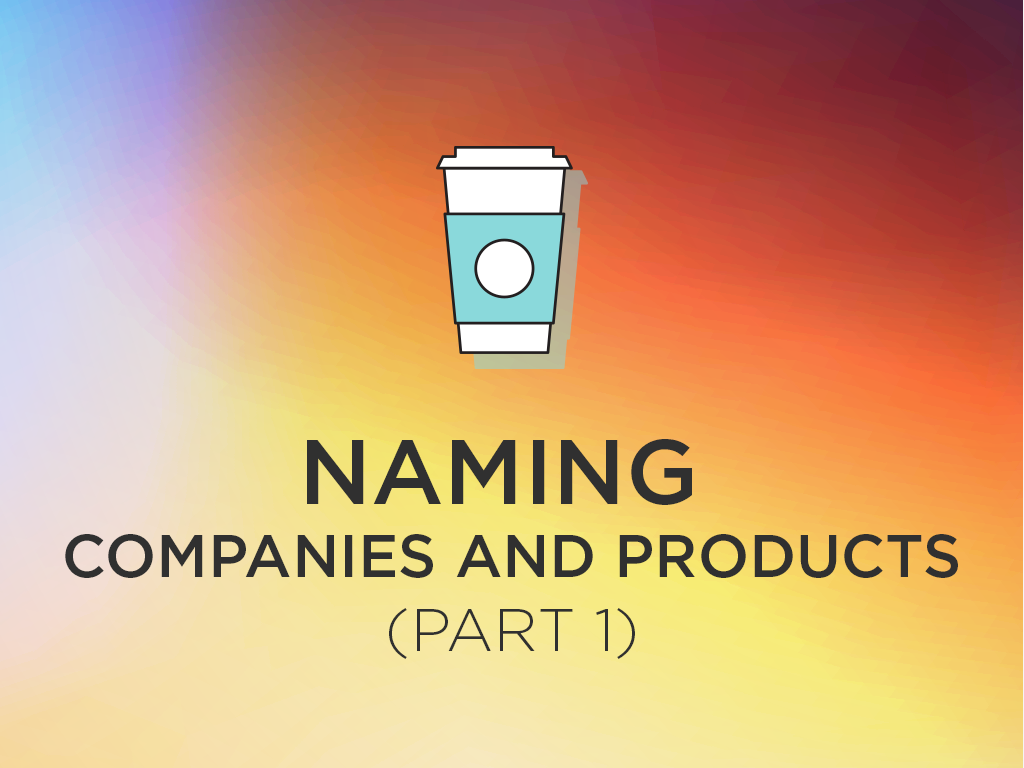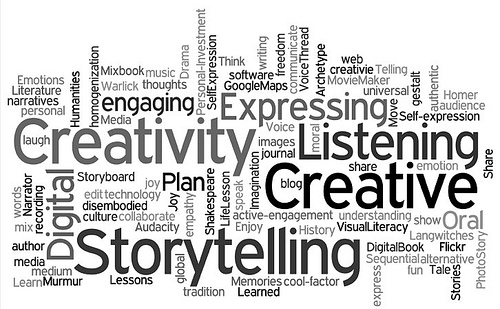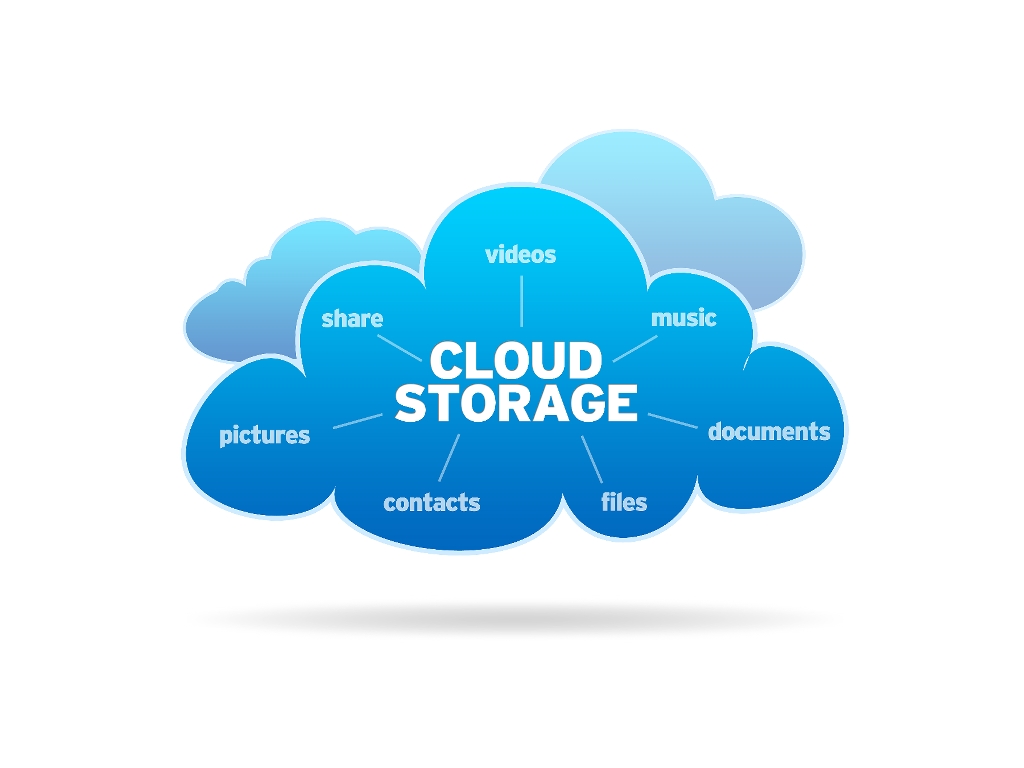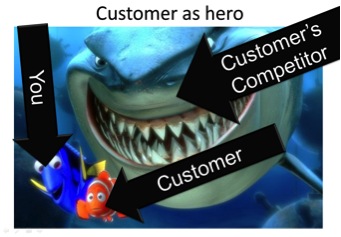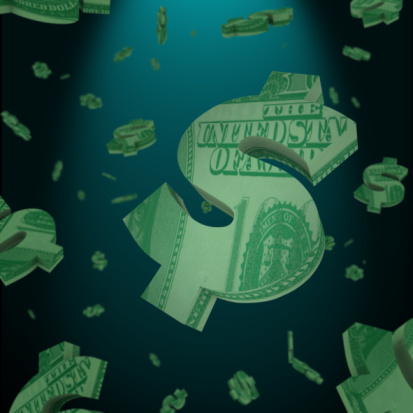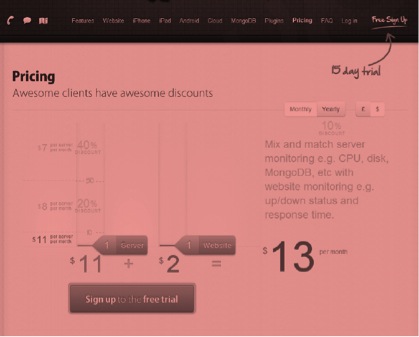Most probably a bad contract is at the heart of the Stayzilla (SZ) and Jigsaw Advertising (Jigsaw) dispute that’s a hot topic of discussion for the members of India’s fast growing startup ecosystem. Jigsaw supplied advertising related services, SZ did not pay. SZ announced intention to “reboot” and Jigsaw used its might to register cheating case against SZ. Cheating is a criminal offence as opposed to a payment dispute that routinely falls under civil law. I have raised several ethical dilemmas in this situation in my last post. Here I wish to focus on contracts and enforcing contracts.
Indeed “enforcing contracts” in India is an uphill fruitless endeavor. In the 2017 World Bank report on “Ease of Doing Business”, India ranks 172 out of 191 countries on “enforcing contracts”. A quick comparison with China (a frequent object of our obsession) on “enforcing contracts”, put things in stark contrast.
Dispute resolution time: India (47.3 months) vs. China (13.5 months)
Dispute resolution cost: India (40% of claim amt.) vs. China (15% of claim amt.) – though the amount varies by states in India
Quality of judicial processes index: India (9) vs. China (14.5) – higher number is better
Evidently, we are far from the frontier on this measure of doing business. India also ranks such low on other important measures like (number in bracket is India’s rank out of 191 countries reported) – paying taxes (172), trading across borders (143), and resolving insolvency (136).
Small startups in the initial stage of testing market to entering growth phase have little wherewithal to divert precious little resources to fight legal cases that proceed at snail’s pace and hog bulk of managerial and financial resources of a startup. While overhauling the justice delivery system is very long term project, the minimum startups can do is to create and govern contracts in a more deterministic manner.
Common problems with contracts
A mistake in a contract can undermine its legality and affect your ability to enforce it. The party more adversely affected by the mistake would almost always seek to repeal or cancel the contract. Overall, a problematic contract results in poor outcomes like – business delays and waste of resources.
Relying on an oral contract
Promises are part of the business life. But promises can be easily broken, such is the human nature. You put in superhuman effort to build your business so you would want to be assured that your business is protected against failed promises of your co-founders, employees, suppliers and partners. Only a written contract is enforceable under law. Writing a contract also forces you to think through issues that would instinctively not come to your mind.
Another side effect of not having a contract is the risk of losing whatever IP your company possess. Probably only valuable thing startup has in early stage is some form of IP. Consider the scenario – a few part-time founders without any written contract are burning mid-night oil to get a product on the market. Soon one of the founder changes mind about entrepreneurship or gets interested in some other idea. He or she decides to walk away – without assigning the rights to his work. You are stuck without the IP and literally without your company. I have seen this happen a few times and those startups just shut shop without even going to market. Without a contract, there is no negotiating ground or legal recourse.
Not capturing the negotiated terms in final contract
Negotiation is usually an iterative process with multiple revised proposals and discussions. So, when the final contract is in sight three things happen: One, even if there is lack of clarity on some point, that is allowed to linger hoping it will somehow go away. Two, in case of a missing term or incorrect data in last proposal, it is not corrected or rewritten and signed with the contract. Three, even when somethings are orally agreed they do find a place in final written contract. These “minor” indiscretions cause major pain when a contract dispute goes before a judge. One it is almost impossible to prove oral agreements in absence of concrete evidence. Two, in case of an essential missing term, the judge is likely to impose some “reasonable” terms that might be far from what one party had envisaged in the original contract.
Unclear contracts: contracts that do not spell out clearly –
what constitutes performance failure or a breach of contract?
what are the ways to terminate the contract for both the parties?
what will be the dispute resolution mechanisms (before you decide to file a legal suit)?
what happens if a startup is taken over or gets merged with another. Do the contracts get assigned to the new entity?
Creating a legal enforceable contract
What is a contract:
a contract is an agreement between at least two parties, each of which promises to do or not to do something. Contracts can take the form of either written agreements or oral contracts, although some types of contracts must be in writing to be legally enforceable. Additionally, parties often have trouble proving aspects of oral contracts, which makes them difficult to enforce.
What a contract is NOT:
A handshake or verbal deal, non-binding Letter of Intent (LOI), non-binding Memorandum of Agreement (MOA) or Memorandum of Understanding (MOU), Terms and Conditions on the back of invoices without reference / incorporation, RFP’s or RFQ’s, Proposals, Schedules or Orders with no terms and conditions.
What is a basic enforceable contract:
At the most basic level, a contract requires a seller to make an offer to a buyer, acceptance of the terms by the seller, and consideration where each party gives up something of value. E.g., a seller usually gives up a good or a service and in return, a buyer usually gives up money. In addition to these elements, courts will also look at several other considerations when determining the enforceability of contracts, for example, mutual assent, capacity and consent and legality.
Mutual assent: Often called the “meeting of the minds,” mutual assent requires that both parties understand what the contract covers. The goods and / or services being contracted must be described unambiguously so there can be only one understanding in the minds of the two contracting parties.
Capacity and consent: Capacity requires that the parties in the contract be legally capable and competent enough to enter into the agreement. For example, a mentally disabled individual cannot contract, and while minors can agree to a contract, in most cases they can void the contract before reaching the majority age. Consent means that both parties entered the contract freely and without duress or undue influence.
Legality: To be enforceable, a contract must cover legal activities and not violate public policy. In other words, two parties cannot form a contract requiring one party to complete an illegal act nor can either party recover damages for breach of such a contract.
Other basic clauses in a contract:
Price, quantity, and delivery date
Payment terms, interest, and penalties for late payments
Warranties, remedies for defects, and returns
Indemnification, liability, and disclaimers
Lead-times and changes in orders
Governing law
Waivers
Know the Indian Contract Act of 1872
This act governs the enforcement of contracts in India. If either party fails to perform their part of the contract, these laws provide the basis for enforcing contracts and providing damages to wronged parties. The act was passed by British Indian government in 1872. This law is based on British common law. It determines the circumstances in which promises made by the parties to a contract shall be legally binding and the enforcement of these rights and duties.
Or Consult a lawyer
If you are not well versed with the legal issues, drafting your business contract can be risky leading to much grief later. For most tech founders, law is like Greek and Latin – difficult to learn or understand. The law is made of multiple statues enacted by the legislature and is layered by the “case law” developed by the judicial system. It is complex. Therefore, it makes sense to get a lawyer to create legally enforceable templates for the different types of contracts.


